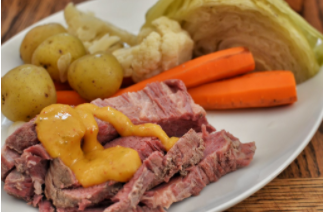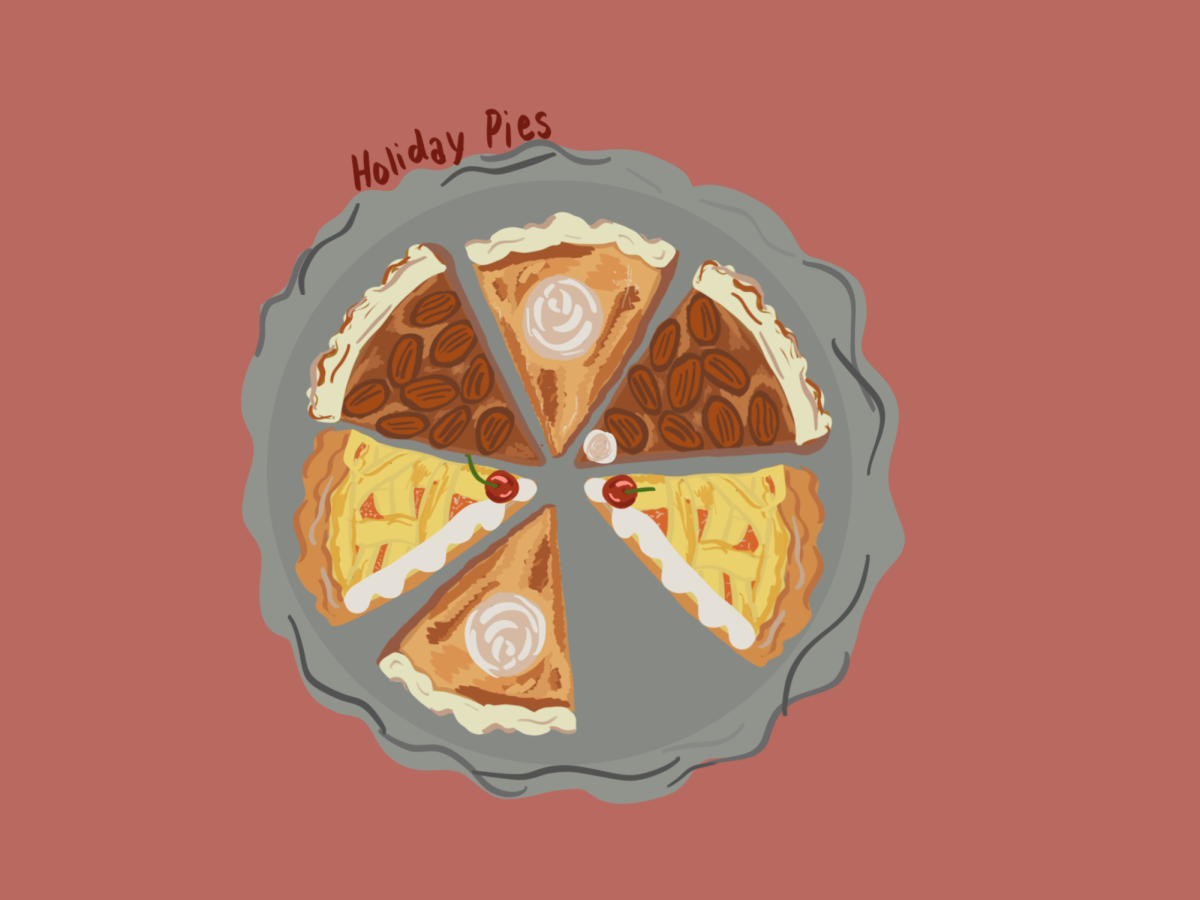Year after year, Americans indulge in the same foods over and over: turkey and stuffing and potatoes and cranberry sauce. However, some Walpole High students have dishes at their Thanksgiving tables that connect with their family’s heritage and put a cultured twist on a traditionally American holiday. This year, consider branching out and trying new Thanksgiving dishes that stray from the mundane, conventional American meals.
On Thanksgiving, junior Ava Jingozian looks forward to traditional Armenian food with her family every Thanksgiving, which includes special dishes such as her favorites, dolma (stuffed grape leaves) and börek (filled pastries).
“It’s great connecting my Armenian culture to a typically American holiday because it makes me even more thankful for the sacrifices my grandparents made for my family,” Jingozian said. “Although we have the standard turkey and stuffing, it’s really cool having different foods than most people and a different way of saying grace than most other people. It makes me feel like my family is special, and I love embracing my Armenian culture, even on typically American holidays.”
Junior Justine Prophil and her family connect with their Haitian heritage by eating foods such as pork griot (marinated pork shoulder) and akra (malangan fritters), which are Prophil’s personal favorites.
“My family is made up of mostly immigrants from Haiti and the Dominican Republic, so every Thanksgiving, we have the traditional turkey and stuffing, but we also have things like empanadas and griot,” Prophil said. “Having a mix of both at the table really allows me to experience both sides of my culture.”
Senior Erin Mouradian’s family uses Thanksgiving as a time to connect with her father’s Greek culture
while still indulging in the classic meal including turkey and stuffing.
“In addition to eating traditional Thanksgiving foods, my family also eats Greek dishes such as Pastitsio,” Mouradian said. “Pastitsio is lasagna-styled dish which is composed of a combination of meats and pastas with a special Greek sauce. It is a unique dish on my family’s Thanksgiving table, but it also one important to my family’s Greek heritage.”
For senior Natalia Rosemill, flan is a dessert she looks forward to each year, as it reminds her of her mother’s Brazilian heritage.
“My mom makes flan on Thanksgiving, and I always look forward to it,” Rosemill said. “For me, Thanksgiving is all about family, and flan connects me to my family’s Brazilian background.”
Senior Harry Katsaros combines both American culture and his Greek culture for his Thanksgiving dinner. His family eats traditional Thanksgiving food for the main course, but eats Greek desserts, including baklava (a sweet pastry filled with chopped nuts) and galaktoboureko (custard).
“My family treats Thanksgiving as just another reason to get together,” Katsaros said. “Although we have the traditional food that most people have on Thanksgiving, we also embrace our Greek culture through the the desserts we typically eat. I like combining the two cultures, which is something not many people do.”
Turkey and stuffing will always hold a special place in many Americans’ hearts and Thanksgiving tables, but breaking from the standard meals makes for new family traditions and a more cultured version of a primarily American holiday. Each year, many Walpole High School students diverge from the Thanksgiving classics and link with their roots in meals unique to their family or culture.





















